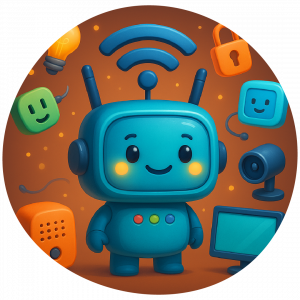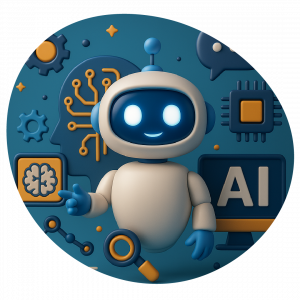Educational technology mixes two areas that are constantly evolving. On one hand, technology transforms every moment of our life, from the way we interact and communicate, to work and the economy. Thanks to neuroscience and many recent studies, education questions its traditional paths and methodologies arise that invite a profound transformation in the ways of teaching and learning.
One of the main challenges for schools and teachers is to take full advantage of the technology they already have available, so that a positive impact on the training required by students today is achieved. Used creatively, technology can be one of the engines that transform teaching and learning.

Another challenge for all educational leaders is to evaluate the technologies that are emerging and integrate them effectively in the educational proposal. It is not about having the latest robot or drone model available, the essential thing is that each technology brought to the reality of the educational institution supports the work of teachers and strengthens the fundamental competencies that our students need: creativity, critical thinking, collaboration and communication, among others. The investment in technology is very high to leave at random the uses it will have and the expected results.
Recent events such as CES 2020 in Las Vegas (USA) show striking inventions, although in several cases we will have to wait for them to have relevant uses in education. In response to the realities and challenges in Latin America, I propose to pay attention to these five technologies that, when consolidated, can set favorable trends for the transformation of our schools:
- Programming as a tool to promote Computational Thinking, taking advantage of various resources to make it an attractive area (applications, robots, drones, video games and others).

- 3D modeling and printing to make ideas tangible, prototype and propose solutions.

- Virtual reality and augmented reality to expand classroom boundaries and motivate curiosity.

- The STEAM approach to offer integrated learning experiences linked to student interests.

- The Internet of Things (IoT) to experience new forms of interconnection between objects and the handling of data collected by them.

Surely, we can add more technologies to the previous list, however, optimally incorporating some of these technologies involves executing several action plans in technological infrastructure, security, support, curriculum, as well as training and advice, to name a few. And we cannot forget that all these innovations require the application of active methodologies to have the expected effects, mainly in the work of teachers and student learning.
The challenges in educational technology are many and it is necessary that all the actors of the institution assume an active role: the vision and leadership of the managers, the willingness to innovate of the teachers, the interest of the students to learn, the good specialist advice and support of families with key issues such as digital citizenship.
In TBox we have been working with many schools in Latin America for more than 22 years, developing an innovative proposal that facilitates teachers and students to explore the use of various technologies, using a didactic strategy that facilitates meaningful learning. Together we can make technology set a difference in education!








